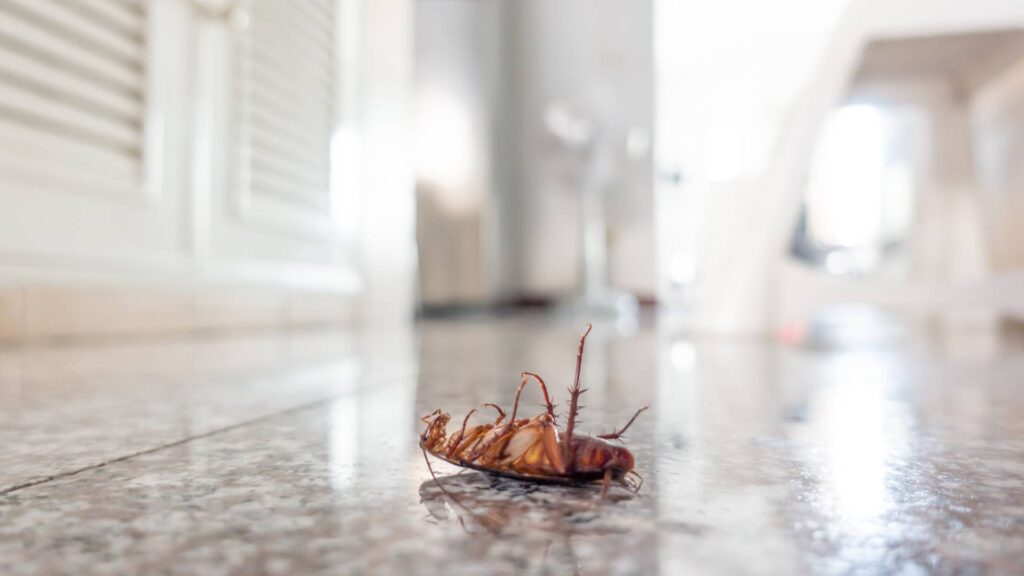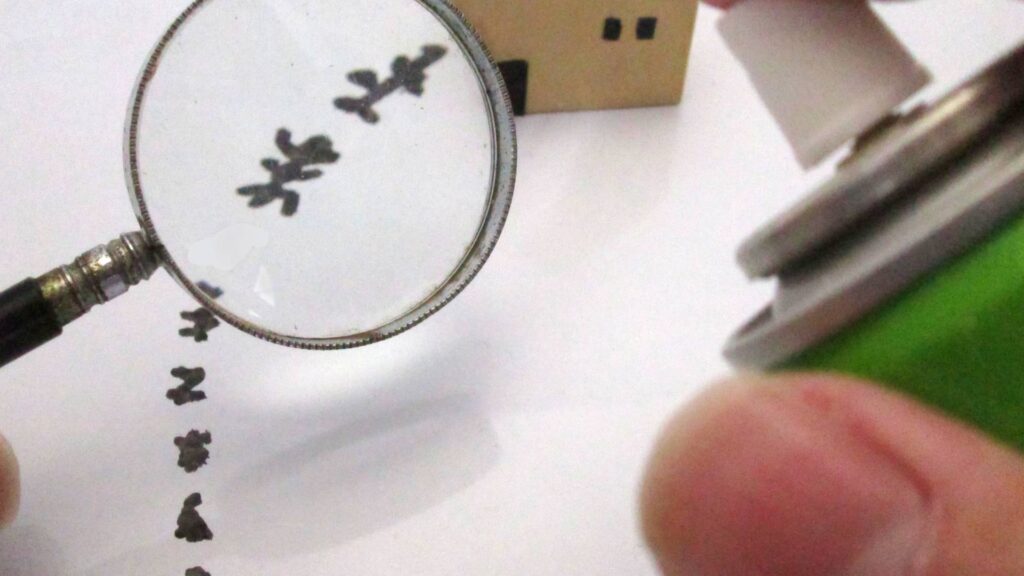Table Of Content
ToggleAs a pest control expert with years of experience, I have encountered numerous pests that challenge homeowners’ peace of mind.
Determining the hardest household pest to get rid of requires understanding their habits, resilience, and the risks they pose.
This article delves into the traits that make certain pests notorious for their stubbornness and offers insights into effective management strategies.
Sharing your home with creepy crawlies is no fun. But some pests prove more nightmarish than others. This guide explores the toughest household invaders and why they put up such a fight. We’ll also delve into effective strategies to reclaim your pest-free haven.
The Unwanted Guest Hall of Shame
Several factors contribute to a pest’s resistance to eviction. Let’s explore these villainous superpowers:
Many household pests can cause trouble, but some earn top billing for their persistence. Here’s a comparison of common culprits:
These six-legged scavengers are renowned for their resilience. They can survive on minimal food and water, and their flat bodies allow them to hide in cracks and crevices. Eliminating them requires a combination of traps, baits, and sprays, often with professional assistance.
Bed bugs are hitchhikers extraordinaire, easily spreading through luggage, used furniture, and even public transportation. Their small size and nocturnal habits make them tricky to detect. Additionally, their flat bodies allow them to hide in mattress seams and furniture frames, making eradication a complex process. Effective control often involves heat treatment or professional insecticides. Insights into the dangers posed by bed bugs underscore the importance of thorough and professional handling.
Secure your home with the right pest control plan. Find out how.
Termites silently wreak havoc on a home’s structure. They burrow through wood, often undetected until significant damage is done. Their subterranean lifestyle makes them difficult to target, and complete eradication usually requires professional intervention with specialized techniques like soil treatments or bait stations. Further understanding of handling post-treatment scenarios enhances the approach to termite control.
Ants are persistent due to their social structure and communication skills. Scout ants locate food sources, leaving pheromone trails for their nestmates to follow. Eliminating ants requires targeting the queen and disrupting these trails with baits or sprays.
Fleas and ticks have complex life cycles, with eggs, larvae, pupae, and adult stages. This lifecycle makes complete elimination challenging, as you need to target all stages. Additionally, these pests can jump from pets to humans, and their bites can transmit diseases. A combination of pet treatments, household sprays, and regular vacuuming is crucial for control.
Mosquitoes breed in stagnant water, making them difficult to control outdoors. Their ability to transmit diseases like dengue fever and Zika virus makes effective control even more critical. While repellents and insecticides offer some protection, eliminating breeding grounds is key.
Explore your pest control options for a safer home today.

Here’s where we fight back!
These six-legged scavengers are renowned for their resilience. They can survive on minimal food and water, and their flat bodies allow them to hide in cracks and crevices. Eliminating them requires a combination of traps, baits, and sprays, often with professional assistance. Managing these resilient pests effectively is a cornerstone of our residential pest control services.
Choose the best pest control frequency. Get expert guidance.

In my extensive experience as a pest control expert, tackling the hardest household pests, such as bed bugs, termites, and cockroaches, requires a comprehensive understanding of their behaviors and effective management strategies.
Homeowners should not underestimate these pests’ resilience and the potential damage they can cause. Professional pest management services play a crucial role in effectively dealing with these challenging infestations, ensuring homes are safe and pest-free.
The hardest bug infestation to get rid of is typically the bed bug infestation. Bed bugs are notorious for their resilience, ability to hide in tiny crevices, and resistance to many common pesticides, making their eradication a challenging task that often requires professional intervention.
The most difficult pest to control is often considered to be the cockroach. Cockroaches are highly adaptable, reproduce rapidly, and can survive on very little, which means they can thrive in a variety of environments and are particularly hard to completely eliminate once they’ve established a presence.
Say goodbye to pests for good. Book your fumigation session now!
The number one household pest is commonly regarded as the cockroach, due to its widespread presence, high reproductive rate, and the significant health risks it poses by spreading pathogens that can lead to diseases, making it a top concern in pest control efforts.
Your trusted pest control experts in Southern California. Keeping your neighborhood pest-free!